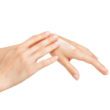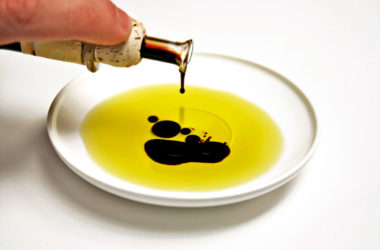Having lots of hair on your head is certainly a good thing. So many women invest in an assortment of expensive and top-notch hair caring and styling products just to make sure that their tresses can easily steal the spotlight!
However, having lots of hair elsewhere on the body is certainly not welcomed by many. This causes sheer embarrassment, robbing women of the confidence necessary in order to pull off tank tops, shorts, miniskirts, bikinis and others.
It’s true that there are plenty of ways to get rid of those unwanted hairs. Although each one of them can in fact remove those hair strands that occasionally wreak havoc to your poise and beauty, there are certain cons that you often have to put up with. Indeed, it can be hard to find the perfect hair removal method — if such actually does exist!
For instance, plucking and tweezing allows you to enjoy hair-free skin for a longer period of time than shaving because the hair follicles are pulled out in the process. However, this method can take up lots of your precious time and energy. It can be very painful too especially when being done on body parts with very sensitive skin. Also, if you’re not careful, you may end up with irritated and even infected skin.
Shaving is a quick and cheap solution but it tends to cause stubble a few days after it is carried out. This particular method of removing unwelcome hair is rarely used by women on their faces, except for those who prefer to trim their eyebrows without using tweezers.
Threading is preferred by a lot of women in removing unwanted hair. The nicest thing about this solution which originated in the Middle East is it’s highly effective in the elimination of fine hair strands. The downside to this is it has to be done by a person who is well-versed with threading, and it can cause discomfort too.
Waxing is the favorite of many in ridding their faces and the rest of their bodies of unwelcome hair. Sugaring is just like waxing, although the substance used is melted sugar rather than heated wax. Both waxing and sugaring tend to produce longer-lasting results than shaving because the hair follicles are also removed, not just the strands.
Both sugaring and waxing can cause some discomfort, and that is why the application of depilatory cream is preferred by a lot of women. The product contains chemicals that are capable of dissolving hair strands. It has to be left on problem areas for a few minutes before they are wiped off. Sensitive skin, however, may end up irritated.
Electrolysis is undeniably an effective way to permanently remove unwanted hair on the face and body. However, it can be a very tedious process. That’s because electrolysis has to be done on one strand at a time. This method involves the insertion of a fine metal wire into the follicle so that it may be destroyed by a mild electric current.
Laser is perhaps the most popular modern-day solution to unwanted hair. The nicest thing about it is it may be performed on practically any part of the body. The downside? Laser works only on certain hair colors and skin tones. What’s more, this procedure can be very expensive!
If you are on the hunt for a new hair removal method, simply follow the recipe below. Well, it’s not actually something new as it’s been around for centuries now, commonly employed by women bugged by unwanted hair on the face and the rest of their bodies.
All you have to do is gather a lot of empty nut shells and burn them until they turn to ash. The next step you need to take is pour water over the ash. It’s a good idea to use a liter of water for every big cooking spoon of ash. Allow the ash to steep in water for at least half a day. Get a cotton ball and apply on problem areas. Allow this ancient hair removing solution to stay there for about half an hour before rinsing off. Repeat several times daily.













